The Royal New Zealand Air Force will soon join their British and Australian counterparts in operating the P-8A Poseidon maritime patrol aircraft after the New Zealand government confirmed an order for four aircraft to replace their ageing P-3 Orion fleet.
The total cost for the project – including the new aircraft, training systems, infrastructure and associated costs will be NZ$2.346 billion. They will be delivered and begin operations from 2023 with the final Orion aircraft to decommission in 2025. No. 5 Squadron, who currently fly the Orions, will transition to the new aircraft, which will include relocation from their current home at Whenuapai Airbase to the larger airbase at Ohakea.
New Zealand has been widely tipped as a likely operator for the P-8A, having been named as such ten years ago by Boeing. Further aircraft interoperability between the RNZAF and its close allies the RAAF, RAF and USAF will likely provide greater opportunities for crew exchanges and joint training.
Speaking at the announcement, Defence Minister, Ron Mark said that “the purchase ensures the Defence Force can continue to deliver the country’s maritime surveillance, resource protection, humanitarian and disaster response around New Zealand and across the South Pacific.”
“This decision strengthens the coalition Government’s Pacific Reset by providing a maritime patrol capability with the significant range and endurance needed to assist our partners in the region.”
The Royal New Zealand Air Force currently covers an area stretching from the South Pole almost to the equator, representing 1/11th of the earth’s surface. Search and rescue operations in this vast area making up a significant percentage of activations for the Orion fleet.
“One example of the requirement for a fully capable maritime patrol aircraft is simply the number of lives that can be saved,” Mr Mark said.
“In the last seven years of search and rescue operations in our region, Orion maritime patrols have contributed to saving 119 lives.”
“Other tasks the Orions have undertaken recently have included participation in international operations to counter piracy and illicit smuggling off the Horn of Africa, surveillance of the volcano in Vanuatu, assessing damage from Cyclones Winston and Gita in the Pacific, surveillance of critical infrastructure after the Kaikoura earthquake, and fisheries monitoring.”
Costs for the project will be spread out until the 2025/26 financial year. The Government will also consider options for a complementary maritime surveillance capability during the forthcoming Defence Capability Plan review, due to be completed by the end of 2018. This will look at smaller manned aircraft, RPAS systems and satellites to support the P-8A fleet.
“Maintaining a maritime patrol capability is essential for New Zealand’s national security, and for our ability to contribute to global security efforts.”


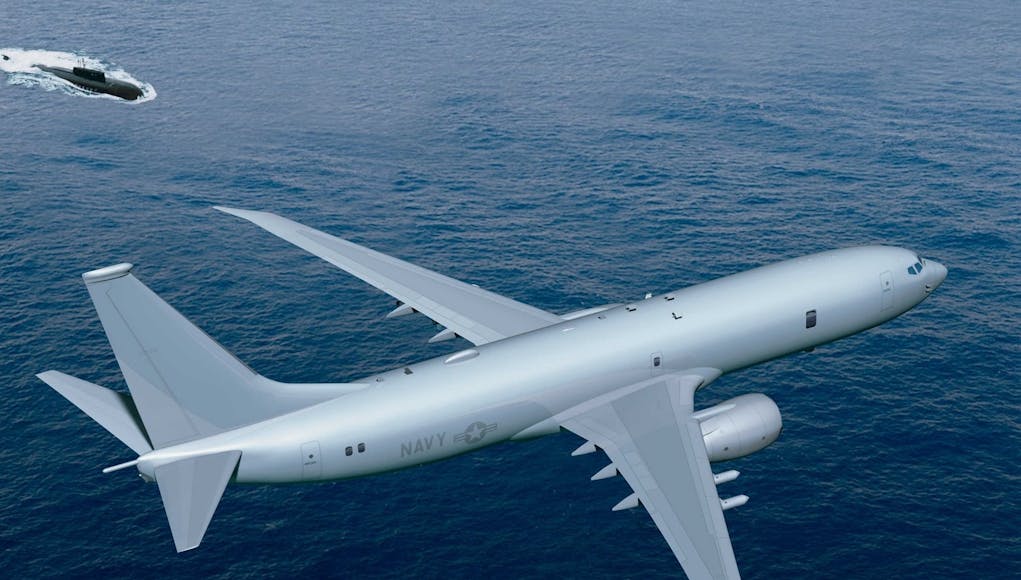
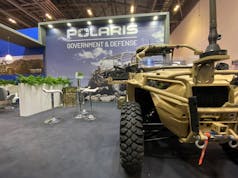
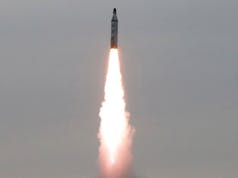
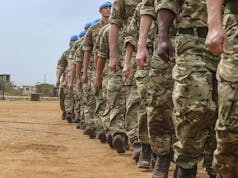

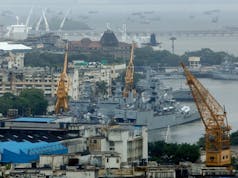
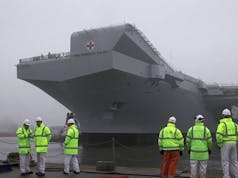

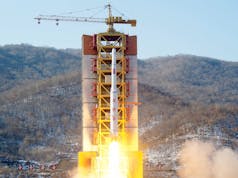


Fantastic!
Might be related to this:
https://www.defensenews.com/global/asia-pacific/2018/07/06/new-zealands-new-strategic-defense-policy-statement-calls-out-china-russia/
Cheers!
In my opinion, this acquisition is a mistake. New Zealand, UK, EU and all non-USA buyers of “top end” ASW aircraft should look to Japanese P1 Airframe for their ASW airborne solution. It has superior flying and on-station qualities for the role when compared to the Boeing 737NG derived offering.
Its all about integration and reliance. The more intel, strategic reach we share with the US the more reliant they become on us. GCHQ being the primary example. Also the UK carriers, which will undoubtedly be topped up with USMC jets and a few escorts, allow the US to place an extra carrier group in the Pacific.
That may be so Tim, but you didn’t answer his question, or acknowledge that his opinion is correct about the P1 and it being superior. There are obvious benefits of having the P8 in our inventory, but its still not a superior platform than the P1. Alas, its not possible to have or for us to have both in this instance.
So we should buy something inferior because it’s American ? Somehow this will increase THEIR reliance on us ?
Frankly your opinion is wrong, I really am fed up with everybody getting hung up on the P1 vs the P8. The P1 is a unique Japanese solution that would require significant expensive reworking to make it work with none Japanese equipment. The P8 is based upon the most common airline in the world and uses an excellent mission system that is based upon the one developed for the Nimrod MRA4. Sheer economies of scale makes the P8 the better bet and its performance in ASW exercises has been excellent. For all the talk about how brilliant the P1 is… Read more »
On paper the P1 is far closer to the Nimrod MR4A ( that would have been in a class of its own). But it’s simply far more important moving forward to have a stock US Navy aircraft and weapon systems that can roll through their upgrade programs etc in a highly cost effective manner. The P8 will be an excellent asset for the RAF for many years to come. The P1 is an unknown quantity, it would require modification for the RAF’s roll and that would have escalated the costs still further….. Too much risk when the asset is needed… Read more »
Asset was needed yesterday but due to budget cuts and lack of funds we have usual MOD anaemic construction and implementation programme 2022 isn’t it when we get all 9 aircraft into RAF service? That is tardy and not good enough.
We need a follow on batch of 6 order now otherwise it will be 2030s until we have an adequate MPA fleet again.
Not to split hairs Mr. Bell, it will be 2027 before all 9 are in service. Your sentiment is bang on though – how it can take 10yrs to procure just 9 aircraft is mind boggling! The first will almost be ready for a MLU before the last arrives! Shocking, just shocking…….
Call it was it is. The Sino-Russian sub hunters.
The buyers are not a coincidence at all.
P8 is needed just because the Sino-Russian pairing are investing so much in submarine warfare. There is a strong argument for more P8s and Type 26s being built just because of that reason. Additionally the best anti submarine weapon is actually our own nuclear attack submarines, retain the last 2-3 Trafalgar class until a follow up batch of 3-4 more astute class are built. I am hoping new money going into defence will go into this area and be greater than the amount needed to simply plug the hole in the defence equipment plan budget. More Astute class will have… Read more »
Second those comments!
Not particularly a realistic set of propositions, the three remaining Trafalgar class are at the end of their lives. The Defence Nuclear Safety regulator in 2013 warned that the reactors in the Trafalgar class were suffering increasing problems. It is highly unlikely that the Trafalgar OSD could be stretched long enough for more Astute to be built. The next issue is the Astute class can’t really be extended beyond seven boats, the long lead items have been ordered for seven boats and it would be difficult to reopen contracts and order more. The last PWR2 reactor was ordered in 2012… Read more »
Could you take a leave out of the American’s book and convert the Vanguards to SSGN and increase the delivery rate of the Successor?
Another take:
https://www.cnn.com/2018/07/09/asia/new-zealand-military-aircraft-china-intl/index.html
Cheers!
It was utterly predictable that New Zealand would choose the P-8 once Australia had. They will have a common logistics framework, and cooperate in trying to cover as much area/time as possible. The Japanese aircraft may be somewhat superior , but not enough to over-ride other considerations.
The Article says joint Training with The United States. Which is misleading. The United Armed Forces are banned from training with New Zealand. Because they refuse to allow Nuclear weapons aboard American Aircraft/Ships in New Zealand ports. US Congress forbids training with NZ.
Despite the fact they still do.
You’re eleven years behind. The general ban on training exercises was lifted in 2007.
The general ban was actually lifted in 2007.
Interesting that US U.K. Australia and now New Zealand are using the same platform, all is needed is Canada and the I5 are aligned. There isn’t a cunning plan behind this, apart from using the same kit does help everyone on unit cost